Nebuloza: A festival of electronic music embraces Serbian underground culture
Published April, 2024
by Clémence Michels

The festival Nebuloza hosted to some 130 people over the weekend of 18-20 August 2023 near Koceljeva, an hour away from Belgrade. While mixing different genres of electronic music, this underground event stands out from a rave culture struggling to survive in the face of Serbia’s traditional venues and festivals.

This morning, in front of the soundsystem, sweaty bodies from an entire night dancing on acid and saturated sounds. Hip hop, drum and bass, psytrance, hardcore, techno and dubstep… “During the first edition in 2016, there was a soundsystem for 500 people, but there were only 12 of us”, remembers festival creator Djis. Seven years on, around 130 people turned out over the weekend of 18-20 August to meet up in the countryside near Koceljeva, an hour away from Belgrade. While the capital is renowned for its popular and touristy nightlife, local people are looking for underground parties that run counter to this commercialization of “underground”.

Raves attract young people from Serbia and beyond
The rough sound of hypnotic bass cuts through the skin of the ravers, seeping into every limb to keep them swaying for hours. It is Friday, the start of a musical experience that will not stop until Sunday evening. This event reminds of a free party, although today it is ticketed and organized like a festival. Janja has come to support her boyfriend Toadfromtheroad, who will be playing dubstep this weekend. She has been coming every edition for the last four years: “I like the atmosphere; the people are very welcoming. It is usually the same group of friends, but there are more people every time”. The festival is also attracting more and more foreigners, like Michi, Luka and Marius, who are originally from Graz in Austria and have come here as part of their trip in the Balkans: “We feel free when we listen to techno and drum and bass,” explains Michi. “This music gets me going. I switch off and just want to dance and feel the vibe”, says Luka.
During the day, the sun heats up the grassland. There are just a few trees providing a little rest for the hammocks that have set up. At night, the temperatures make even the coldest shiver, while moths as big as bats sneak between people’s legs. “A festival is all about nature”, explains dubstep DJ Doros. He is co-organizer of the event since 2018 and feels “happy” and “relaxed” here: “I don’t think about my work, my money, my life, my daily routine. I can just hang out with friends and meet new people. It is really cool because here, we have organized and built everything ourselves”.

“There are a lot of official clubs and festivals, but they are all huge and commercial”
Leaves crunch underfoot, threads of light trickle through the fingers. The moon peeks out as the ravers head deeper into the forest. The roar of the second stage echoes miles away from this “secret-location-party”. Doros says that these underground parties are not commonplace in Serbia, “especially in Belgrade”: “There are a lot of official clubs and festivals, but they are all huge and commercial”.
In Serbia, famous venues such as Drugstore or Hangar are most of the time located in Belgrade. Apart from Belgrade, the Exit festival in Novi Sad attracts around 200,000 people every year, with more than 20 artists as headliners. However, festival prices have risen sharply since its creation in 2000, reaching 109 euros for a regular four-day pass and a further 40 euros for an Exit camp. Djis created this festival because he wanted to give “Serbs and anyone else who wanted to come the chance to listen to a wide range of different genres of electronic music for a low amount of money”, which is 800 Serbian dinars – just over 7 euros – for three days.

Mix of Dubstep, Psytrance and Hi-tech
People dance, jump, shake and shove each other. DJ Doros loves that the festival mixes different electronic music genres. The DJ who plays Deep Dubstep defines his favorite music with one word: “Sensation”. Dubstep appeared first during the 2000s in London raves. Its sound is characterized by long bass and saturated, syncopated, disturbing sounds. “I love the feeling of the bass “punches”,” explains Doros. Deep Dubstep is a sub-genre with a darker bassline. Every time the musician hears the kick, he feels ecstatic. “I feel joy because I play the music that I love the most,” he adds.
For Djis, who also loves “deep bass sounds”, there were no dark electronic music parties in Serbia until 2016: “During that year, I was all the time going to raves organized by the artist Sick Noise, who managed to bring many popular artists to Serbia”. It was the first time that Djis heard Hi-tech on a real soundsystem. Thi is a Psytrance sub-genre, characterized by its particularly fast pace: its BPM varies from 150 to over 200 BPM.
Djis and Sick Noise started from the same year to prepare the Masters of Puppet “before”-parties. “Hi-tech raves are not very popular; they can bring around sixty people for one night at the most” says the creator of the festival. He wanted to organize parties that would mix Dubstep, Psytrance and Hi-tech, in order to reach a bigger and more varied audience: “People told me it wouldn’t work to have a party where you mix different genres. But I didn’t listen to their warnings, and that same year I created the festival”.
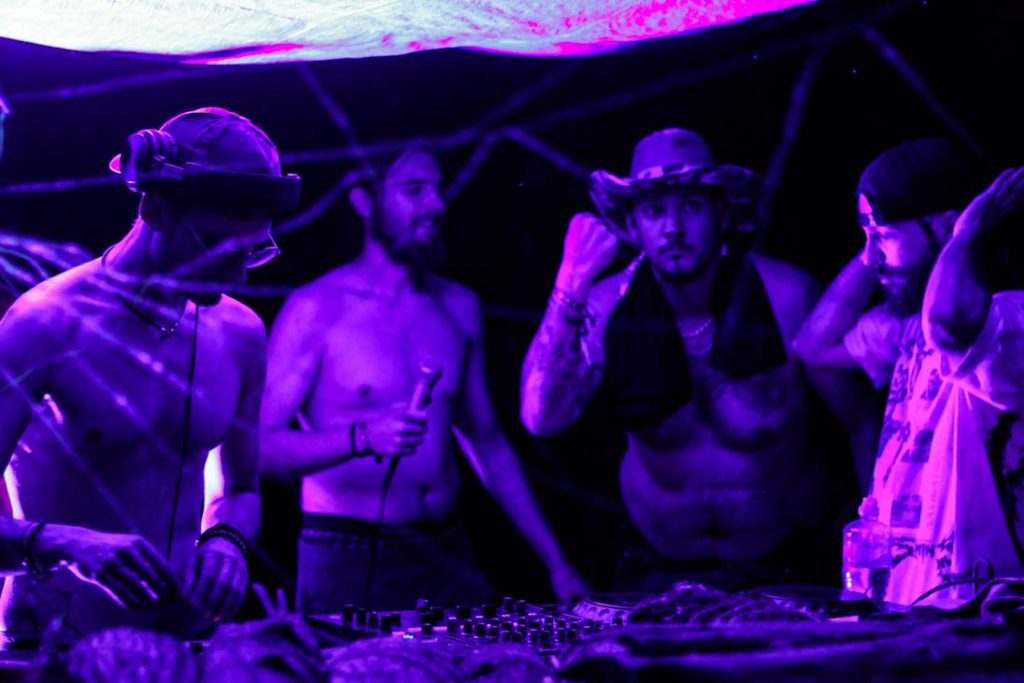
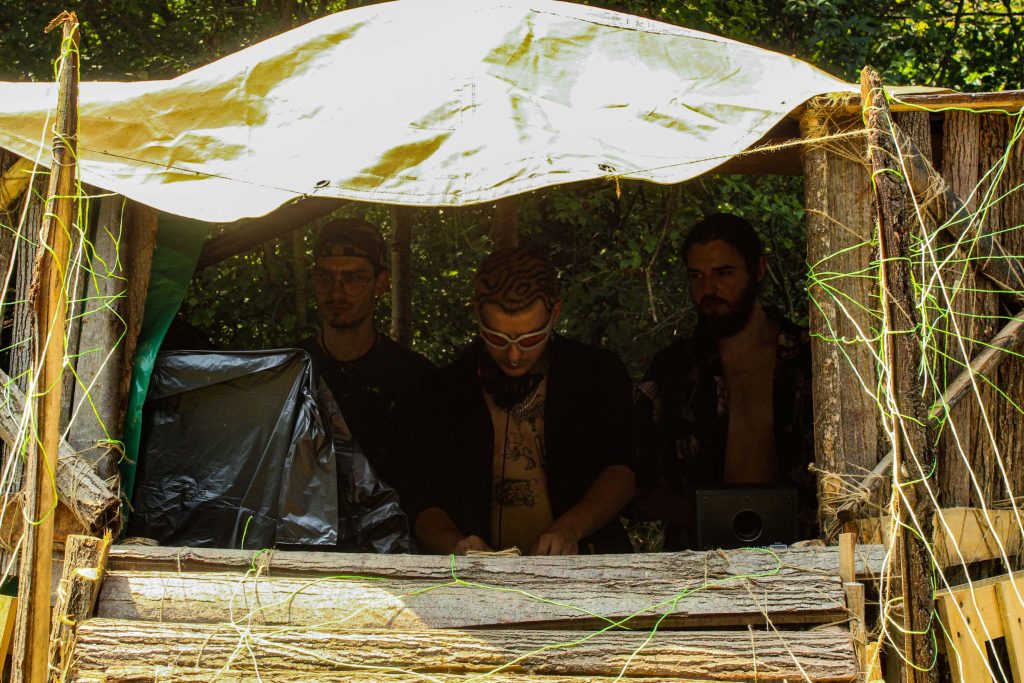
Springboard for new local artists
The morning dew refreshes the warm atmosphere of a wild night playing dark electronic music. For Djis, it is also important that local artists get the chance to perform at a festival. He deplores the fact that parties in Serbia are limited. “Clubs generally host the same guests, because once the organizers have found a successful DJ, they keep inviting them”. At Drugstore for instance, Filip Xavi is one of the few local guests and already performed 5 times there since August last year. According to the Nebuloza’s festival main organizer, those who want to listen to alternative electronic music have no option but to go to a festival abroad and “spend one or two salaries to be able to stay a few days there”, or to listen to “the same guys who come to Serbia again and again – and especially to Belgrade, because there is nothing going on in the countryside”.
Nemoral is from Serbia and produces hypnotic techno. He has come to perform at Nebuloza for the first time. According to the artist, these electronic music and parties are the “last priority for Serbs” in a society where people are still in a “survival” mode: “The good thing is that true admirers of the underground always find a way, like here”, he adds.
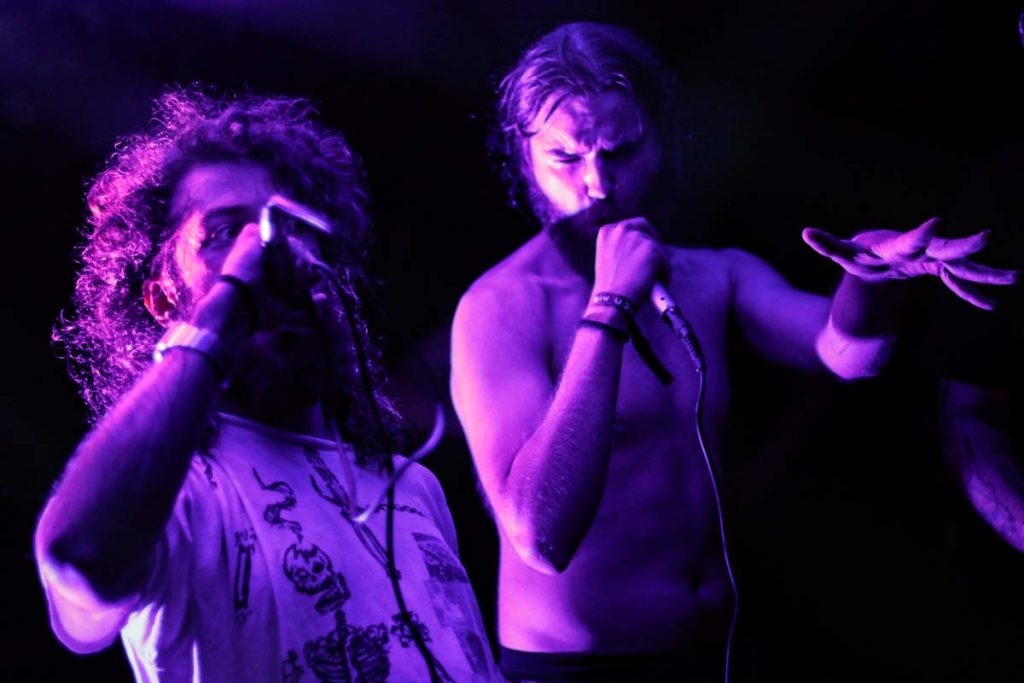
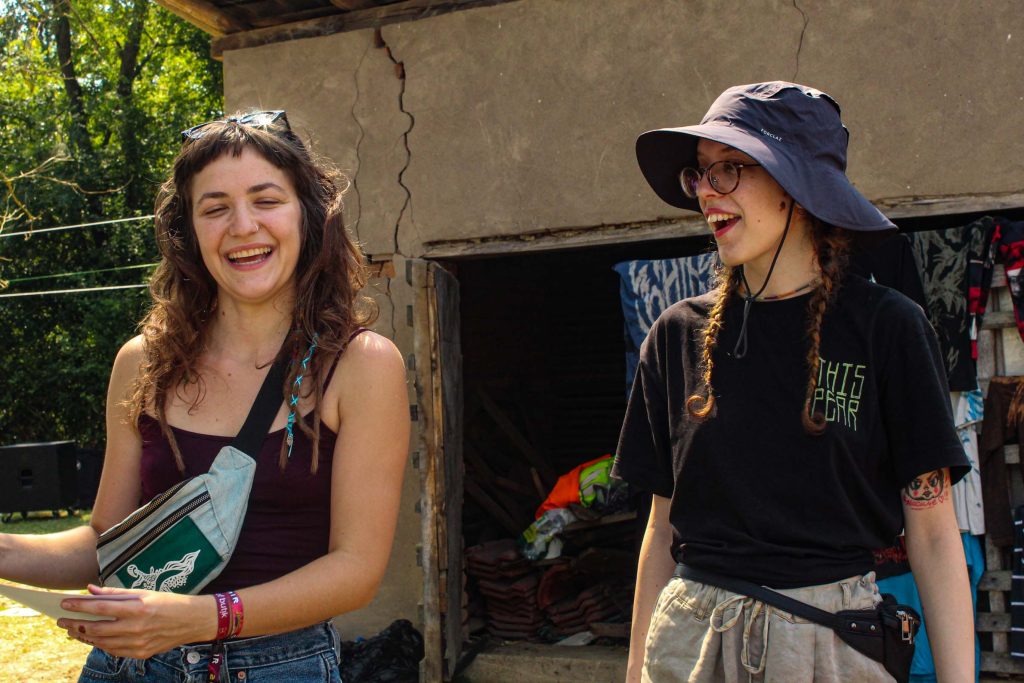
Hopes for a Serbian alternative electronic music scene
This is the last day of the festival, and the ravers are starting to be tired. On this Sunday morning, nobody can sleep because of the barbecue and hardcore music at dawn. Later in the day, Nemoral explains that he also wants to develop a techno scene in the country: “I would like to find a community that will move away from stereotypical extremist values such as for instance a hypersexualized atmosphere, the use and abuse of drugs, the lack of equality, the lack of safe spaces for – most of the time – women”. The DJ wants to create an atmosphere during parties “where equality, integrity, collectivism and cosmopolitanism are essential values”.
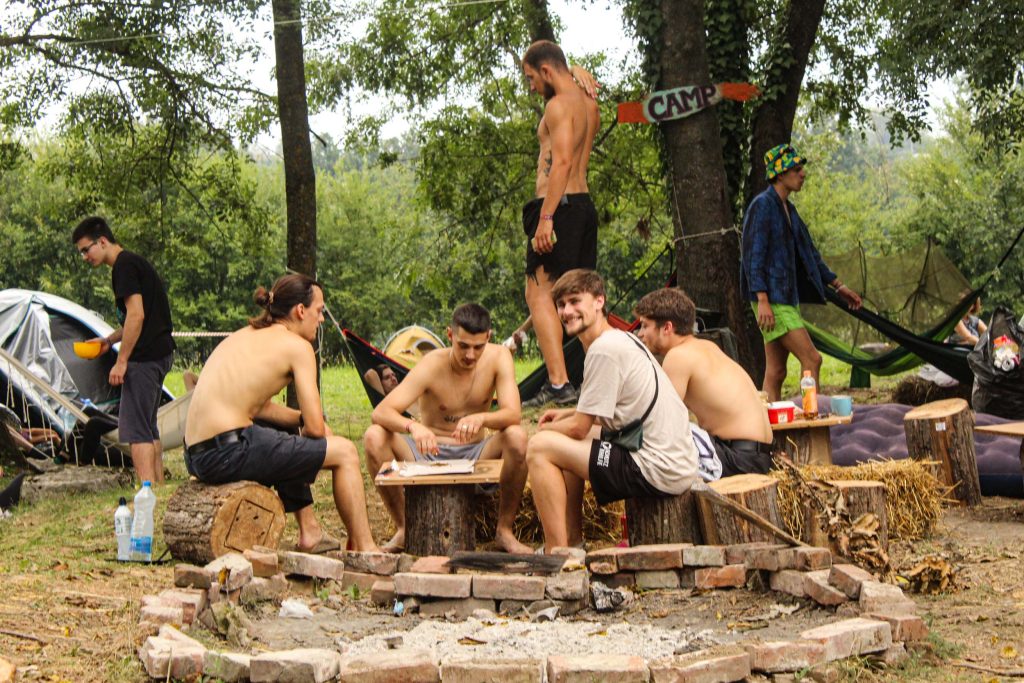

During the day, Iva runs a stand selling jewelries that she has made herself. She also sells bags sewed by her own mother. “There are raves in Belgrade, but people don’t talk about them much”. Iva regrets that many people don’t take those events seriously: “It is commercial, or the DJs are not well-organized. This is disappointing if these people only come for drugs and not for the music itself.” Iva feels that the Serbian government doesn’t pay enough attention to its youth and their desire to build a subculture in the country: “A lot of young people go abroad and leave Serbia because they see better opportunities. In Germany, for example, they set up things for young people, such as skateparks and cultural spaces. In Serbia, I know people in Krusevac who have been fighting for years to have something like that”. The young woman remains optimistic: “You have to force things, to fight, which is also a good thing, because we don’t necessarily take ‘no’ as an answer. We Serbs are very persuasive”, she jokes.

Text and photos by Clémence Michels
This article is brought to you as part of the EM GUIDE project – an initiative dedicated to empowering independent music magazines and strengthen the underground music scene in Europe. Read more about the project at emgui.de.
Funded by the European Union. Views and opinions expressed are however those of the author(s) only and do not necessarily reflect those of the European Union or the European Education and Culture Executive Agency (EACEA). Neither the European Union nor EACEA can be held responsible for them.